Introduction
The digitization and technological advancements has made the world prone to cyber threats.
IAM consists of two components, Identity and Access:
- Identity:- It refers to the digital representation of a person inside an organization
- Access:- It refers to the permissions a user holds for a particular resource
Identity Management
An Identity is a digital representation of an entity – employee, user, contractor, and service accounts – inside an organization. Identities form the base upon which all digital platforms are built and their management is crucial.
It is imperative organizations big or small recognize identity management should be efficient to reduce operational costs, decrease compliance risk, and enhance user experiences through minimal complexity.
Key features of an Identity Management system:
- Integration of multiple applications with varied data stores and connections
An organisation will have multiple sources for employee data. This identity data must be configured to grant access to internal and external applications. This can pose various challenges for new firms acquired by the parent company. - Reconciliation of identity data
Users must have a set of attributes following a standardised data format across the organisation. A team of professionals should be consulted to determine all necessary attributes needed. - Defining policies and rules for automation
An identity management system facilitates effective provisioning and deprovisioning, access certifications, password management, user lifecycle management, compliance and governance, and risk insight.
When a stable system is in place, more and more applications can be integrated or removed progressively based on business needs.
Access Management
The process of identifying, tracking, and regulating authorised access to an IT system or resource is known as access management. It is a broad concept used to keep access rights in an IT system secure through rules, methodologies, and technologies.
An access management system ensures that roles and policies are followed and stores the different user roles and profiles, and processes user access requests based on the data/profile/roles.
It consists of 2 key components:
- Authentication
It is the process of verifying a user’s credentials in an authentication server or a database of authorized users. Authentication assures secure systems, secure processes and enterprise information security.
There are several authentication methods that can be implemented by an organisation, with the emergence of multi-factor authentication which utilises multiple authentication methods to strengthen the process. - Authorisation
It is a security mechanism which determines a user’s access level related to system resources. This includes but is not limited to files, services, applications, data and software features.
How can we help?
IAM programs are quite complex with many different applications that must be integrated. Organizations can navigate these types of integrated applications by pairing with an advisor like us that has deep expertise in the field of Identity and Access Management.
Partnering with us you will have the faith in our abilities and peace of mind knowing that we always have your best interests in mind. We offer strategy, implementation, and operations services for Identity and Access Management. We strive to quickly get up to speed once we are in and provide rapid enhancements and improvements to ensure you get optimal business value for the investment made from the first day. Our client-first approach provides you with a solution that is robust, sustainable, and tailored based on your needs.
– Authored by SM Team
Pic Credits – Technology photo created by rawpixel.com – www.freepik.com

